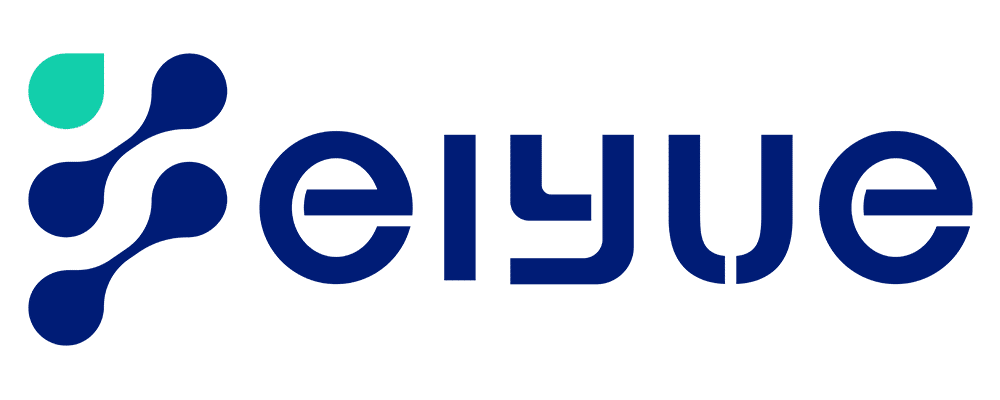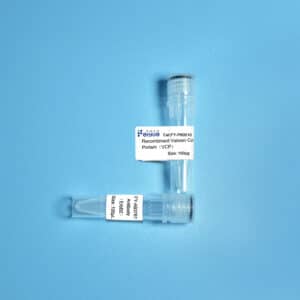Native protein
Native proteins are proteins in natural and proper folding with fully functional form. These native proteins are unaltered by any denaturing agents. We normally produce native proteins by the host organism in vivo, then isolate from the host serum/tissues by non-denaturing methods.
The native proteins are normally purified proteins from natural source, including: whole blood, serum, and plasma from human, animal or reptiles. In addition, microbes and non-microbial substances are also good source of native proteins, such as egg white, animal skin.
Native proteins normally undergo the natural modifications in-vivo, like cleavage of precursor proteins, disulfide bond formation, glycosylation, phosphorylation, in order to maintain the complex 3D structures. Therefore, the native protein has similar behavior pattern in both vitro and vivo, this make it the ideal candidate for various applications.
Key Features of Native Protein
- + native proteins from 11 species and 48 sources
- High quality and safety
- Convenient packaging and high stability
Biological Applications
- Immune-diagnostic testing development
- Controlling of immuno-biological assays: ELISA, antibody assays
- Protein research applications of protein-protein interactions, biochemical assays in-vitro, functional cell based assays.
- Native protein-DNA conjugates in application of proximity ligation, immune-PCR, DNA PAINT imaging.
Native and Denatured Protein State
The native state of protein is its proper folding and assembling form with operative structure and function. Its native state has four level of bio-molecular structure, secondary to quaternary structure formed by weak interactions along with the covalent-bond backbones. Native proteins have the intact structure in natural state, this is not altered by heat, enzyme reaction, chemicals, or other denaturants.
Comparing to recombinant proteins, generated by protein engineering techniques. Native proteins are obtained from proper organisms, and retain their natural folding state. The natural structure and functional activities are unaltered by outer factors like heating, chemical, and enzyme reaction.
Altering the folding conditions will result in the more complex and heterogeneous ensemble of protein conformations, these are the denatured states. Moreover, different unfolding conditions will induce different denatured states. The strong unfolding conditions will induce high percentage of secondary structure alternatives.

